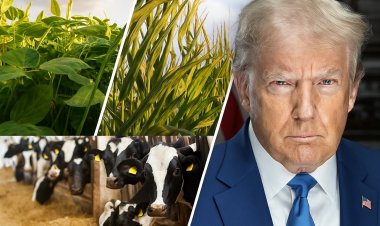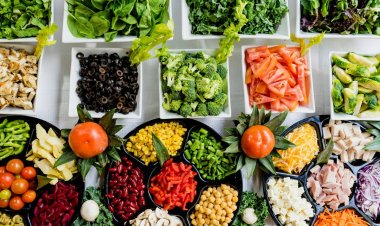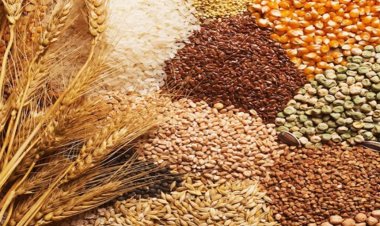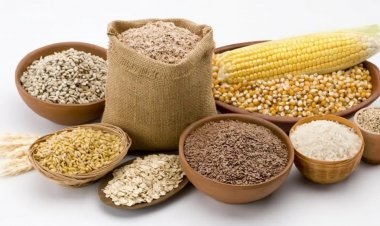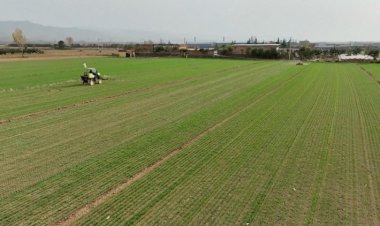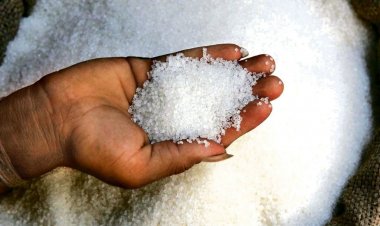Sugar prices hit 13-year high in int'l market; wheat, rice, edible oils cheaper
The prices of edible oils, dairy and meat products decreased in the international market in September. The prices of sugar and maize too increased. Sugar prices have reached the highest level since November 2010. However, there was a declining trend in the prices of wheat and rice.
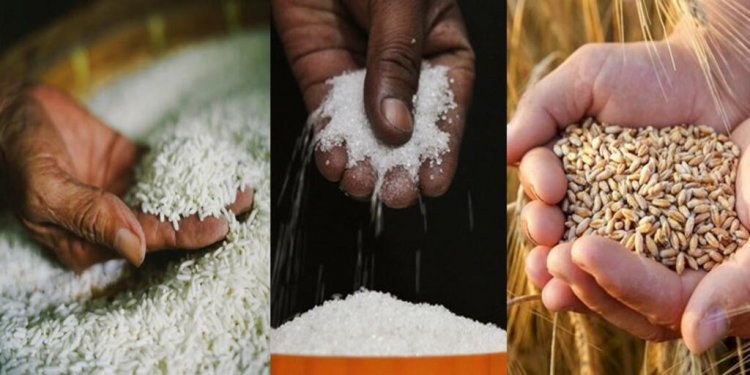
The prices of edible oils, dairy and meat products decreased in the international market in September. The prices of sugar and maize too increased. Sugar prices have reached the highest level since November 2010. However, there was a declining trend in the prices of wheat and rice.
The Food and Agriculture Organisation (FAO) Food Price Index remained stable last month, with prices of some food commodities rising and others falling. This index stood at 121.5 points in September compared to 121.4 points in August. It is down 10.7% from the March 2022 high and 24% lower than the September 2022 peak.
According to FAO, sugar prices have increased by 9.8 per cent compared to August. Its index has reached its highest level since November 2010. The prices of this commodity are increasing due to the fear of less global supply in the coming season.
According to initial estimates, production in India and Thailand is expected to decline this year. Production in both these major producing countries has been affected due to El Nino. However, sugarcane harvesting is currently going on in Brazil and the weather also remains favourable, otherwise the prices could have increased further.
According to FAO, the grain price index has increased by 1.0 per cent due to 7 per cent increase in the price of maize in the international market last month. The rise in corn prices was due to increased demand in Brazil, lower sales by farmers in Argentina and increased freight rates. Due to low water level in America's Mississippi River, fares have increased there.
In contrast to maize, wheat prices fell by 1.6 per cent. This has happened due to increased supply and expectations of good production in Russia this year. Due to low import demand, FAO's rice price index has also decreased by 0.5 per cent.
The price index of vegetable oils has come down by 3.9 per cent in September compared to August. Among vegetable oils, prices of palm, sunflower, soya and rapeseed all declined. Due to the production season, their supply has increased globally.
According to FAO, the dairy price index has decreased by 2.3 per cent compared to August. It has declined for the ninth consecutive month. Its prices have come down due to low global import demand and adequate stocks in major producing countries of Europe. The weakening of the Euro against the US Dollar has also had an impact. Meat price index also remained 0.1 per cent lower due to weak demand.
FAO has increased its forecast for world grain production in 2023. It says that this year there will be production of 281.9 crore tonnes of grains. This will be 0.9 per cent more than last year.
Production in Russia and Ukraine is expected to be better than previous estimates. The weather there is also favourable. However, due to continued dry weather in major farming areas in Canada, there is a possibility of decline in production there.
FAO has estimated the global wheat production at 785 million tonnes, coarse grains production at 1511 million tonnes and rice production to at 523 million tonnes.
The revised estimate of consumption has been cut, yet consumption will be 2804 million tonnes in 2023-24. There is a possibility of 0.8 per cent increase from last year. The demand for wheat will increase for food, but the demand for rice will be for purposes other than food as well. Its total consumption is expected to be 52 crore tonnes.
World grain stocks at the end of the 2024 season are estimated at 884 million. This is also a record with three per cent more than the opening stock. Trade of various cereals will be 466 million tonnes in 2023-24 and will decline by 1.7 per cent from the level of 2022-23.



 Join the RuralVoice whatsapp group
Join the RuralVoice whatsapp group

















